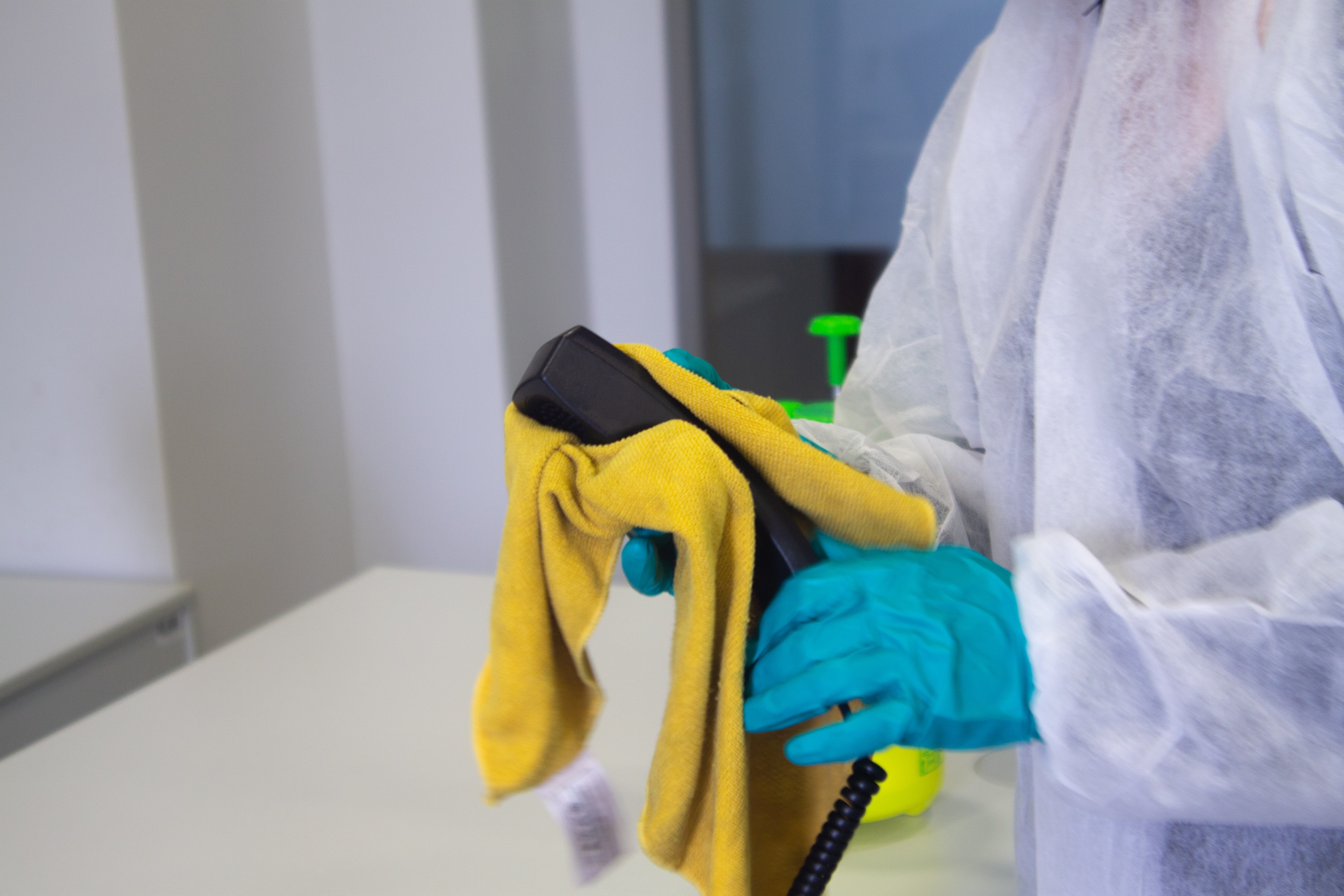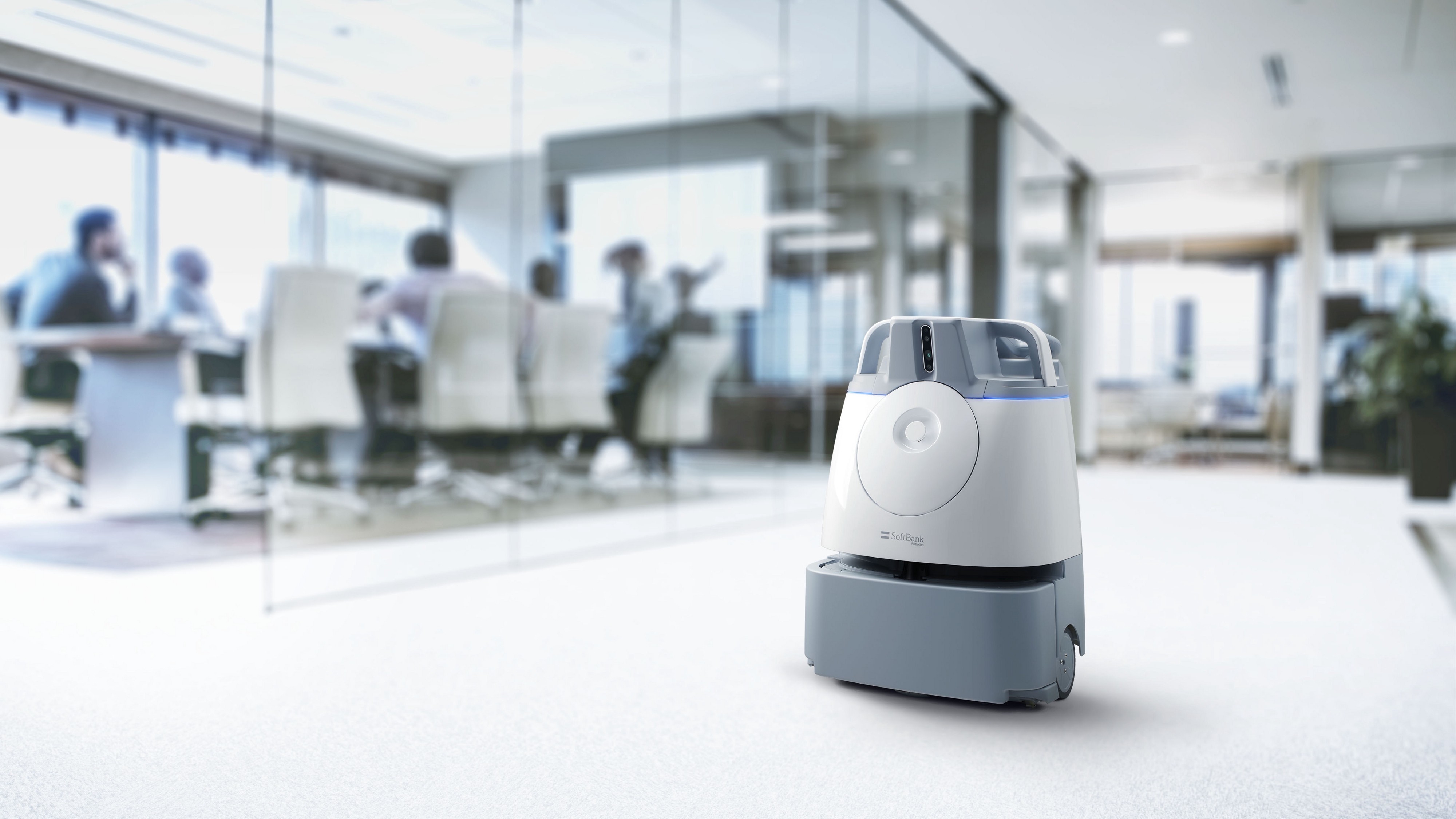
Adequate air filtration, combined with appropriate ventilation controls, is a crucial part of a layered approach to reducing the risks of spreading SARS-CoV-2, the virus behind COVID-19. As the Centers for Disease Control & Prevention (CDC) explains, COVID-19 infection is primarily through exposure to respiratory droplets carrying the infectious virus. This typically happens through close contact, but can sometimes also be spread via airborne transmission under particular circumstances, the CDC states. That means a layered approach that includes surface cleaning disinfection, clean air solutions, and social distancing is essential to continue to reduce virus transmission.
However, Maureen Kozel, PE, and Robert Inman, senior mechanical engineers with engineering firm Progressive AE, explain that many older medical office buildings’ HVAC systems operate differently from the equipment found in commercial offices. This is because, until 2015, the International Mechanical Code did not reference ASHRAE Standard 170, Ventilation for Healthcare, and its higher demands for healthcare filtration.
Medical offices that are not able to make systemic equipment upgrades will need to identify medical office cleaning strategies that address indoor air quality in addition to surface disinfection best practices. Promoting these steps could also play a critical role in reversing the downward trend in inpatient visits being tracked by the American Medical Association.
1. Limit People's Traffic
Social distancing should be the start of every COVID-19 protocol, per CDC recommendations. Experts with UC Davis Health point out that the COVID-19 infection isn’t primarily through touching contaminated surfaces but through the respiratory system.
The number of people in your waiting room also impacts your HVAC system's performance—the more people in your building, the higher volume of outdoor air needed to dilute your air. Of course, any adjustments should be made based on the recommendation of a professional HVAC contractor or industrial hygienist.
2. Try In-Room Air Filtration
Not all HVAC systems, particularly older equipment, can support the higher MERV (minimum efficiency reporting value) rated filters recommended by ASHRAE to capture viral particulates such as SARS-CoV-2, the virus that causes COVID-19. The same must be considered when evaluating in-room purifiers. Standalone air cleaners typically work by using a fan to draw particulates into the device and over a filter. ASHRAE recommends a MERV filter with a rating of 13 or higher, as these higher MERV-rated filters can capture smaller contaminants.
Some air purifiers use an additional technology to “deactivate” these particulates. UV-C light has been effectively used in medical settings. Other technologies, such as ionization, are still being evaluated for effectiveness.
3. Reconsider Carpet
Research shows that a clean carpet can help work as a filter. Carpet fibers can trap dust and other allergens limiting the spread of these pests. One square foot of carpeting can trap up to a pound of dirt and dust. Removing this grime could reduce the spread of viral particles, as new studies indicate that some pathogens may be spread by clinging to dust and other microscopic particles.
4. Vacuum with HEPA Filters
Whether you’re using carpet to capture that dust or letting it lie on a hard flooring surface, frequent vacuuming using a HEPA filter-equipped vacuum is key for regularly removing potential contaminants. Just as a HEPA filter is only effective as long as it is clean, your carpet can only trap so much grime before it becomes counterproductive.
Medical office cleaning teams already stretched thin may find it challenging to meet the increasing carpet cleaning needed for a safe and healthy operation. However, many medical office cleaning teams are turning to commercial robot vacuums like Whiz which can be programmed to follow set cleaning routes and move smartly around new obstacles.
5. Watch Your Humidity Levels
Several studies have concluded that relative humidity (RH) levels significantly impact SARS-CoV-2 particles. One researcher has noted that indoor RH below 40% means that exhaled respiratory droplets absorb less water, remaining lighter and consequently able to travel further distances. Dry air also makes nasal mucous membranes dryer and more permeable to viruses.
Deploying humidification, or dehumidification, as needed to keep your RH between 40% to 60% can reduce the spread of infection. However, it’s also important to make humidity considerations a part of your regular medical office cleaning routine to prevent the growth of mold or waterborne pathogens.
6. Stop the Recirculation
The engineering experts with Progressive AE note that it’s common practice to recirculate the air in waiting rooms. Exhausting this air completely is a best practice for reducing transmission risks. This step depends upon the support of your HVAC contractor. Experts discourage the use of portable or ceiling fans to help circulate air as this can simply blow air from one person to another. If you must use fans, point them away from people; ceiling fans should be adjusted to pull air up rather than down, with blades tilted upward; and you should place portable fans in windows to pull air out, rather than into the building.
Educate your Patient Base
To ensure that these steps are effective in rebuilding patient trust, they must be advertised. In reaching out with your appointment reminders and other communications, consider adding information about your practice's steps to ensure patient health. Virtually all organizations are informing people to wear masks and assuring visitors of adequate sanitation. Educating patients on how you’re caring for the air they breathe could be the reassuring differentiator you need to stand apart.
What’s more, solutions like the robot Whiz gather data on the cleaning performed to prove its effectiveness. This information can be posted in waiting rooms or shared in communications. Combatting the fear of what cannot be seen may best be done by providing visible evidence of the actions you’re taking to reduce the spread of infection.
Interested?
Learn more about Whiz
Whiz is an autonomous vacuum sweeper that’s completely reinventing commercial floor cleaning. Click here to learn more!


